Understanding Saltwater Fish Feeding Patterns
In the vast blue expanses of our oceans, saltwater fish have developed fascinating and complex feeding behaviors that reflect millions of years of evolutionary adaptation. From the tiny reef-dwelling damselfish to the massive pelagic predators like tuna and sharks, each species exhibits unique feeding patterns influenced by their biology, habitat, and ecological niche. Understanding these feeding patterns is not only intellectually rewarding but also practical knowledge for marine aquarium enthusiasts, fisheries managers, and conservationists. This article explores the intricate world of saltwater fish feeding behaviors, shedding light on when, how, and why different species feed the way they do.
The Biological Basis of Feeding Behaviors
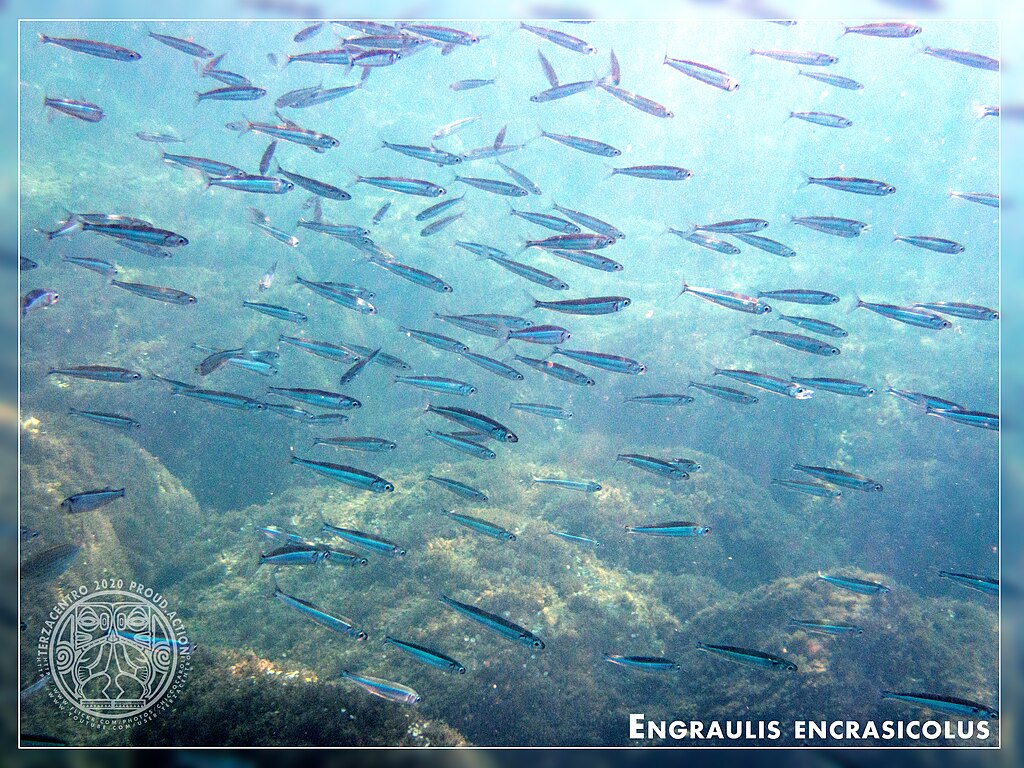
At the most fundamental level, feeding patterns in saltwater fish are driven by physiological needs and anatomical adaptations. Different species have evolved specific mouth structures, digestive systems, and sensory capabilities that determine their feeding preferences and techniques. For instance, triggerfish have powerful jaws designed to crush hard-shelled prey, while butterflyfish possess long, narrow snouts perfect for extracting food from tight crevices in coral reefs. The metabolic rate of a fish, which varies by species, size, and water temperature, also plays a crucial role in determining how often it needs to feed. Understanding these biological foundations helps explain why some species are constant grazers while others are intermittent predators that can go days between significant meals.
Diurnal vs. Nocturnal Feeders

The timing of feeding activities represents one of the most distinct patterns in saltwater fish behavior. Diurnal feeders, active primarily during daylight hours, include many popular aquarium species like clownfish, tangs, and most angelfish. These fish typically possess excellent color vision that helps them locate food and navigate their environment in bright conditions. In contrast, nocturnal feeders such as cardinalfish, squirrelfish, and certain wrasses become active after sunset, often hiding during daylight hours. These night hunters generally have larger eyes with specialized adaptations for low-light vision, allowing them to exploit food resources and avoid competition with day-active species. Some species, known as crepuscular feeders, concentrate their feeding during dawn and dusk transitions, taking advantage of changing light conditions when prey may be more vulnerable.
Feeding Frequencies Across Species
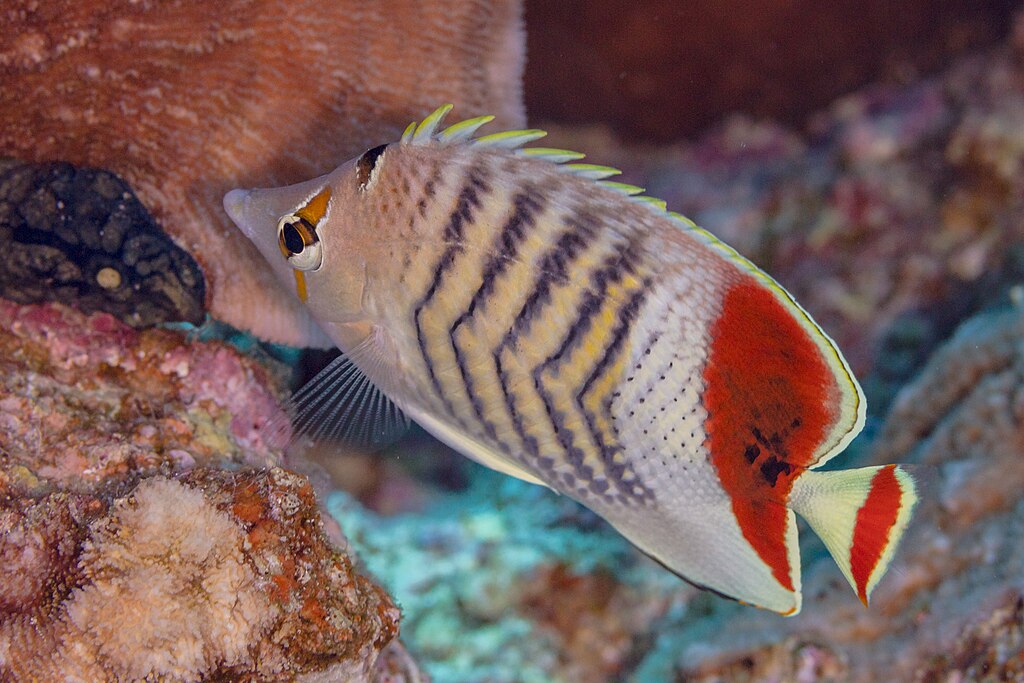
The frequency of feeding varies dramatically across different saltwater fish species, reflecting their ecological roles and metabolic requirements. Herbivorous fish like tangs and some parrotfish species tend to graze continuously throughout their active periods, consuming small amounts of algae almost constantly to meet their nutritional needs. This constant feeding is necessary because plant material contains less readily available energy than animal protein. Carnivorous predators such as groupers and snappers, by contrast, often feed less frequently but consume larger meals when they do, sometimes going 24 hours or longer between significant feeding events. Omnivorous species like many butterflyfish fall somewhere in between, opportunistically consuming both plant and animal matter throughout the day. These feeding frequency patterns have important implications for aquarium husbandry, where mimicking natural feeding schedules contributes to fish health.
Trophic Specialization in Marine Ecosystems
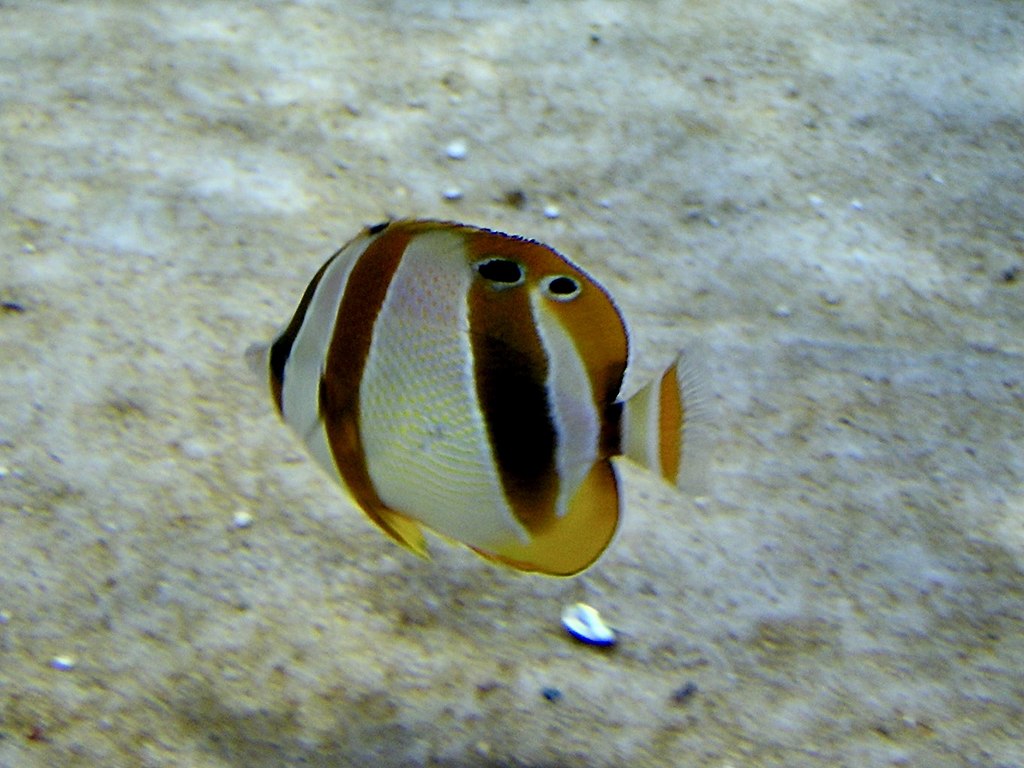
Marine ecosystems are structured around complex food webs, with saltwater fish occupying various trophic levels from primary consumers to apex predators. Many species display remarkable specialization in their feeding habits, having evolved to exploit specific ecological niches. Cleaner wrasses, for example, feed almost exclusively on parasites they remove from larger fish, a mutualistic relationship that benefits both parties. Certain butterflyfish species are obligate corallivores, feeding specifically on coral polyps and possessing specialized digestive systems to process this unusual diet. At the other extreme, some grouper species are generalist predators capable of consuming almost any prey they can fit in their mouths. This trophic specialization reduces competition and allows more species to coexist in biodiverse habitats like coral reefs, where thousands of fish species may share a relatively small area.
Seasonal Variations in Feeding Patterns
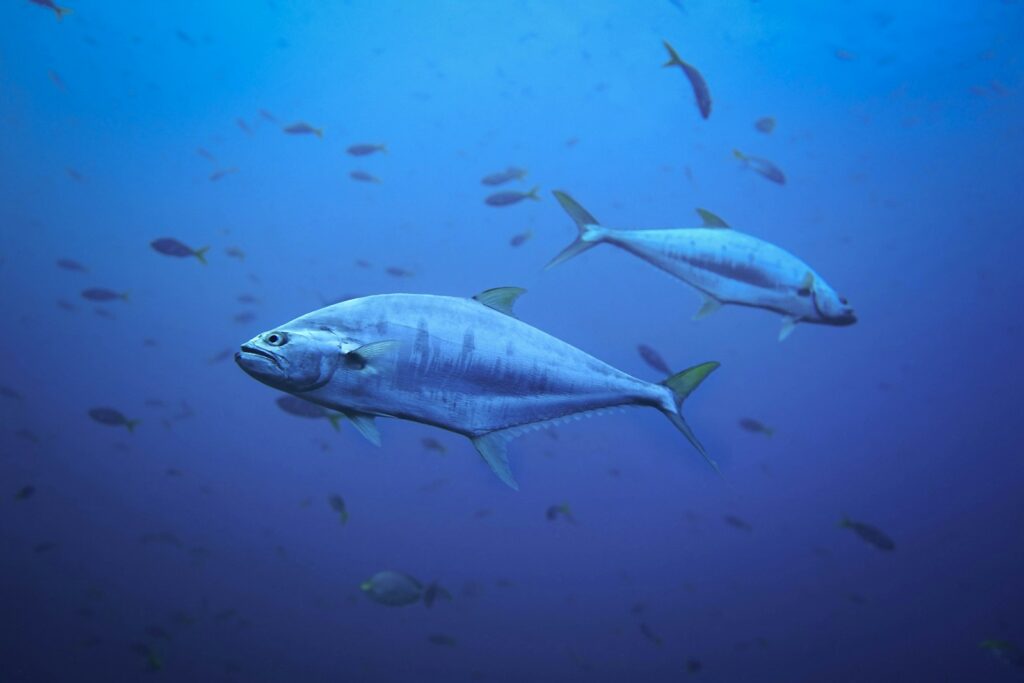
Many saltwater fish exhibit seasonal changes in their feeding behaviors, responding to environmental cues and biological imperatives. In temperate waters, seasonal temperature fluctuations significantly affect metabolic rates, typically leading to increased feeding during warmer months and reduced consumption during colder periods. Even in tropical environments with less dramatic temperature changes, seasonal patterns emerge related to monsoons, upwellings, or reproductive cycles. During spawning seasons, many species alter their feeding habits dramatically—some increase consumption to build energy reserves, while others may cease feeding entirely while focusing on reproduction. Migratory species often time their movements to coincide with seasonal abundance of prey, such as tuna following anchovy runs or whale sharks aggregating where plankton blooms occur. These seasonal adaptations highlight the remarkable plasticity of fish feeding behaviors in response to changing environmental conditions.
Predatory Hunting Strategies

Carnivorous saltwater fish have evolved diverse and sophisticated hunting strategies to capture their prey. Ambush predators like frogfish and scorpionfish remain motionless, often camouflaged against their surroundings, waiting for unsuspecting prey to venture within striking distance before launching an explosive attack. Pursuit hunters such as barracuda and tuna rely on bursts of speed to chase down prey in open water, while stalking predators like groupers slowly approach their targets before lunging forward with surprising velocity. Some species employ truly specialized techniques—archerfish can shoot down insects above the water surface with precisely aimed water jets, while sling-jaw wrasses have protrusible jaws that can be extended rapidly to capture prey at a distance. Pack hunting, though relatively rare in fish, is observed in species like yellow-tail snappers, which coordinate their movements to herd and trap smaller fish against physical barriers.
Filter Feeding Mechanisms
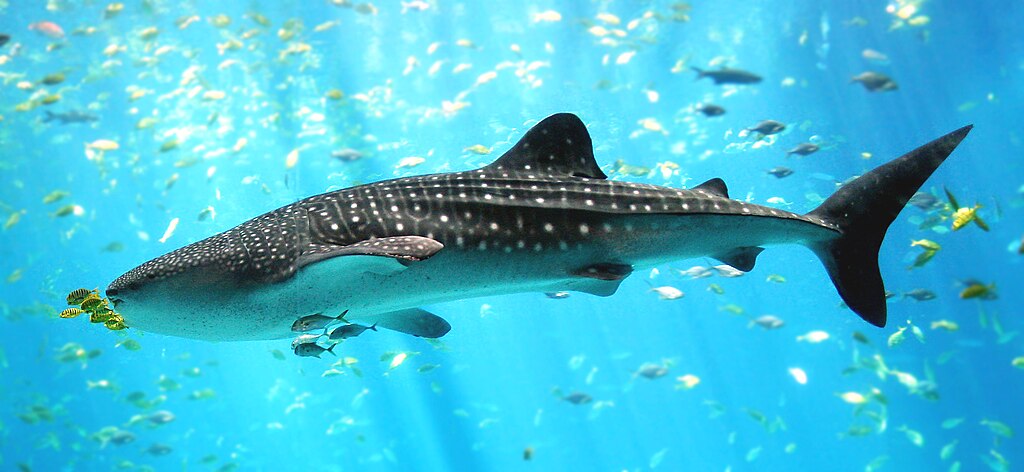
Filter feeding represents one of the most energy-efficient feeding strategies in the marine environment, allowing certain fish to harvest microscopic food particles from the water column. The largest fish in the ocean—whale sharks, basking sharks, and manta rays—are all filter feeders, swimming with their mouths open to strain plankton through specialized gill rakers. Some bony fish, such as herrings, use their gill rakers as sieves, while ot, such as certain wrasses, as ses expand their throats to create suction that draws in water containing planktonic organisms. Filter feeding is not limited to large species; many small reef fish like chromis and anthias feed primarily by filtering zooplankton from the water column, often positioning themselves in the current to maximize feeding efficiency. This strategy allows these species to exploit abundant but tiny food resources that would be impractical to pursue individually.
Grazing Patterns in Herbivorous Fish

Herbivorous saltwater fish play a crucial ecological role by controlling algae growth and maintaining the health of coral reef ecosystems. Species like surgeonfish (tangs) and parrotfish typically spend the majority of their active hours grazing, moving methodically across reef surfaces to crop algae. Many herbivores show distinct territorial behaviors, defending productive grazing areas from competitors or establishing regular “feeding routes they patrol throughout the day. The physical mechanism of grazing varies by species—surgeonfish use their small mouths to nip algae from surfaces, while parrotfish scrape algae with their beak-like mouthparts, often ingesting bits of coral skeleton in the process, which they later excrete as sand. Some herbivorous species are surprisingly selective, targeting specific algae types based on nutritional content or avoiding chemically defended varieties, demonstrating a more sophisticated level of food discrimination than previously recognized.
Impact of Environmental Factors on Feeding
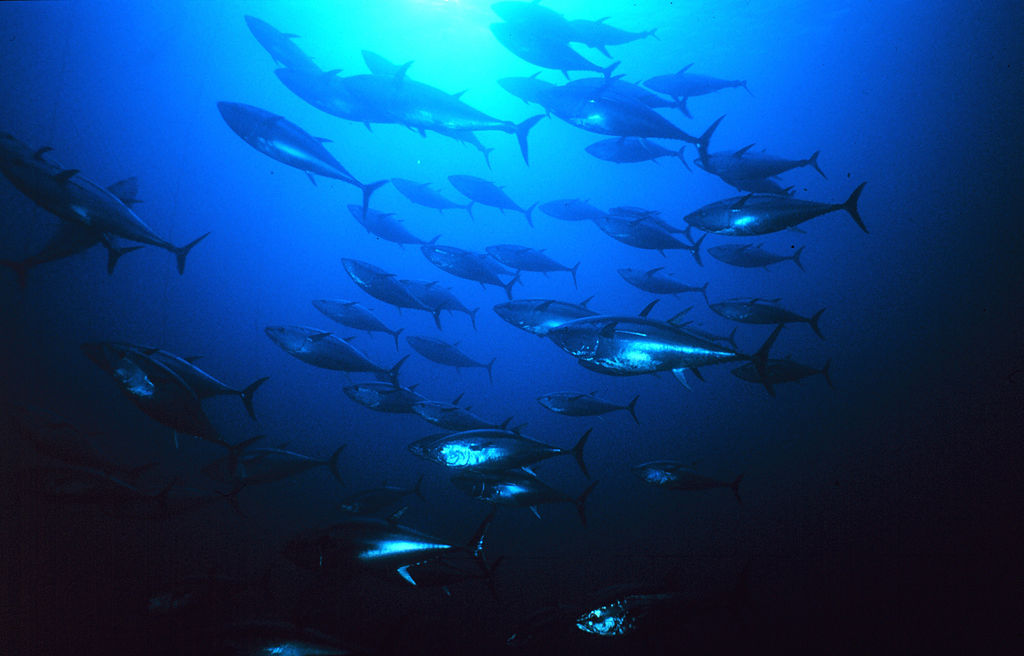
Environmental conditions profoundly influence when, how, and what saltwater fish eat on both daily and seasonal timescales. Water temperature directly affects metabolic rates, with most species feeding more actively in warmer water and reducing consumption as temperatures drop below their preferred range. Lunar cycles impact feeding behavior for many species, particularly those that time their spawning with moon phases, often reducing feeding during reproductive periods. Barometric pressure changes associated with approaching storms can trigger feeding frenzies as fish sense the coming disruption and seek to store energy. Water clarity affects visually-oriented predators, with some species feeding more successfully in clear conditions while others exploit the advantage of turbidity to ambush prey. These environmental influences demonstrate the complex interplay between marine fish and their ever-changing habitat, requiring constant behavioral adjustments to optimize feeding success.
Social Feeding Behaviors
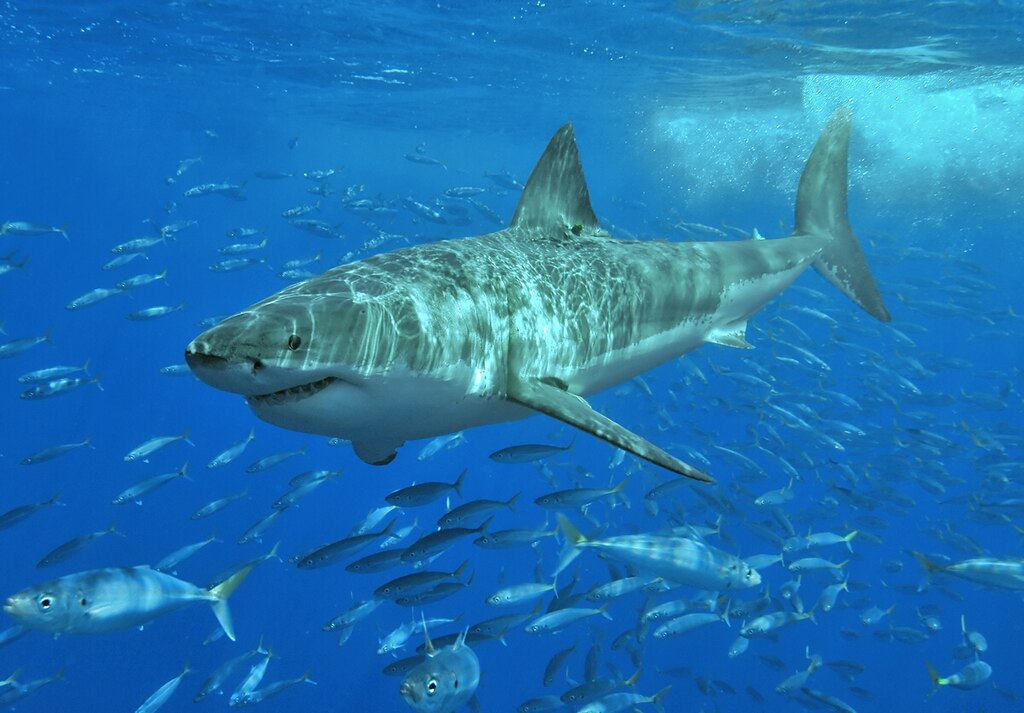
Many saltwater fish species exhibit fascinating social dynamics during feeding activities, ranging from cooperative hunting to competitive hierarchies. Schooling behaviors often serve multiple purposes—providing safety in numbers while also increasing feeding efficiency as the group can more effectively locate food patches or corral prey. Within these groups, dominance hierarchies frequently determine feeding priority, with larger or more aggressive individuals gaining preferential access to food resources. Some species form remarkable feeding associations with other marine life; remoras attach to larger animals like sharks and feed on their scraps, while certain jacks follow hunting octopuses to catch prey flushed from hiding places. Perhaps most sophisticated are the cooperative hunting behaviors observed in some grouper species, which have been documented using body signals to coordinate with moray eels, each predator bringing complementary hunting abilities to the partnership.
Feeding Adaptations in Extreme Habitats

Saltwater fish inhabiting extreme marine environments have evolved specialized feeding adaptations to survive in challenging conditions. In the lightless depths of the deep sea, many fish possess enormous mouths and expandable stomachs that allow them to consume rare prey items much larger than themselves when encountered. Species like anglerfish use bioluminescent lures to attract prey in the darkness, while gulper eels can open their jaws to extraordinary dimensions to engulf passing animals. In hypersaline environments like tide pools, certain killifish species have modified gill structures that allow them to process excess salt while feeding on the specialized invertebrates that inhabit these demanding habitats. Fish living around hydrothermal vents have even developed symbiotic relationships with chemosynthetic bacteria that help them process the unusual nutrients available in these toxic-rich environments, demonstrating the remarkable adaptability of fish feeding mechanisms.
Implications for Marine Aquarium Keeping

Understanding natural feeding patterns is essential for successfully maintaining saltwater fish in captivity. Aquarium enthusiasts should strive to replicate the feeding frequency, timing, and food types that match each species’ evolutionary adaptations. For herbivorous species like tangs, this might mean providing multiple small feedings throughout the day or offering grazing opportunities via algae-covered rocks. Nocturnal predators should be fed after lights out to accommodate their natural rhythms, while specialized feeders may require targeted food items—butterfly fish that eat coral polyps in the wild, for instance, often need similar foods rich in coral extracts to thrive in captivity. Beyond meeting nutritional needs, appropriate feeding regimens help reduce stress, prevent aggressive behaviors, and encourage natural activity patterns. The most successful marine aquariums are those where feeding practices closely mimic the ecological conditions under which each species evolved.
Conservation Implications of Feeding Ecology
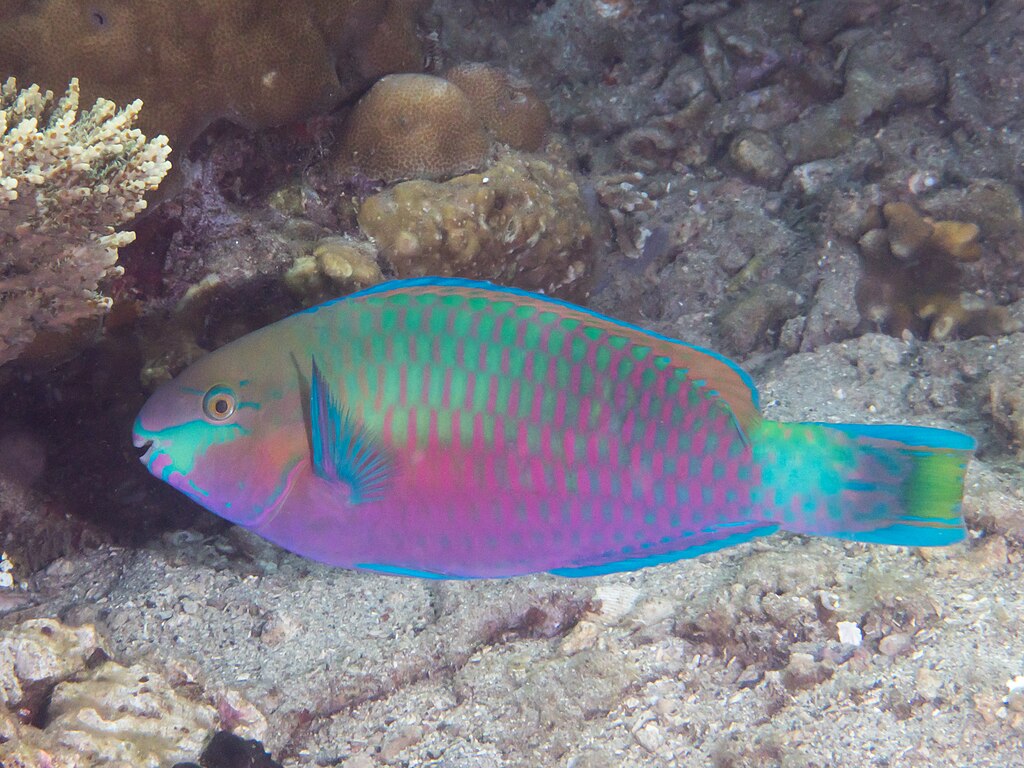
The feeding ecology of saltwater fish has significant implications for marine conservation efforts worldwide. Many fish species serve as keystone organisms in their ecosystems through their feeding activities—parrotfish create sand and prevent algal overgrowth on reefs, while predatory species regulate populations of smaller fish. Disruptions to these feeding relationships through overfishing or habitat destruction can trigger cascading effects throughout marine food webs. Climate change further complicates the picture as shifting water temperatures and ocean acidification alter the distribution and abundance of prey species, forcing fish to adapt their feeding strategies or face population declines. Understanding feeding patterns helps scientists identify critical habitats for protection, such as spawning aggregation sites where feeding behavior may temporarily change, or productive feeding grounds that support commercially important species. This knowledge informs ecosystem-based management approaches that consider not just individual species but the complex feeding relationships that sustain marine biodiversity.
Conclusion
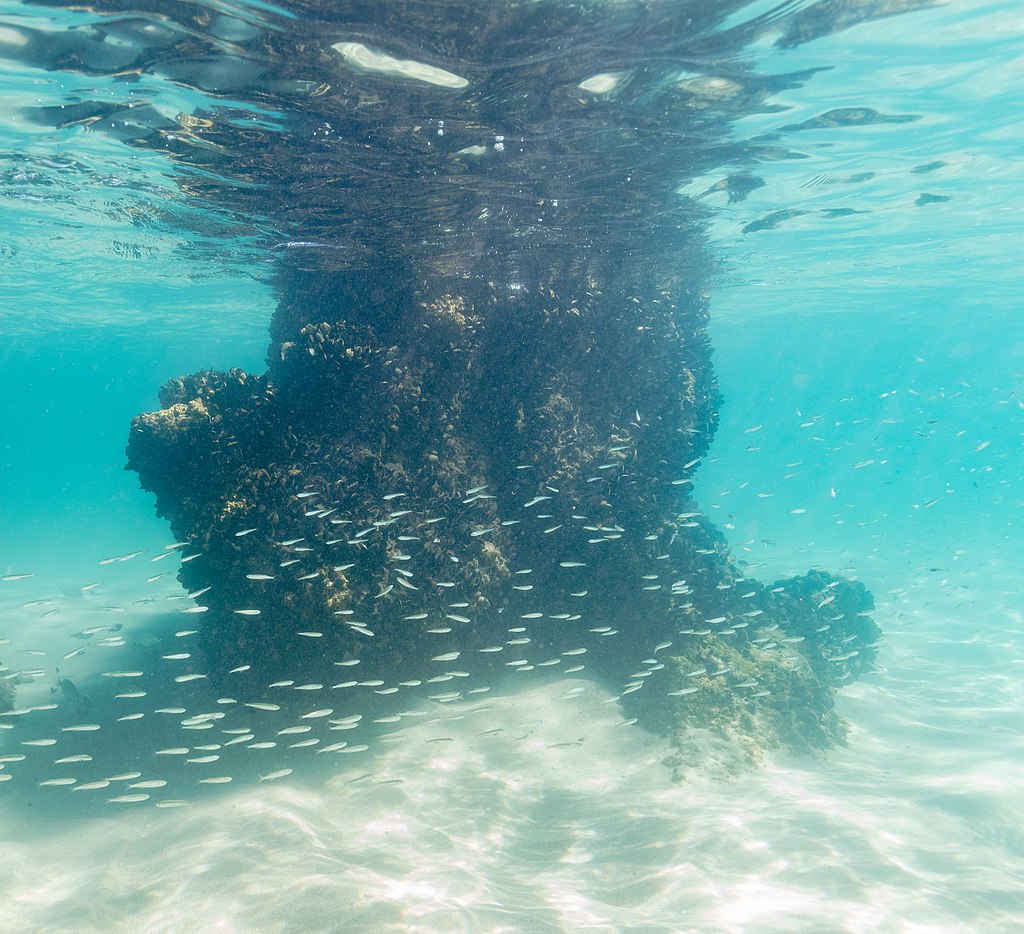
The feeding patterns of saltwater fish represent a fascinating intersection of evolution, ecology, and behavior. From the precise timing of daily feeding activities to the specialized anatomical adaptations that enable unique feeding strategies, these patterns reflect millions of years of adaptation to marine environments. For anyone interested in marine life—whether as an aquarium hobbyist, conservation advocate, or simply an admirer of nature’s complexity—understanding these feeding behaviors provides valuable insights into how ocean ecosystems function. As our oceans face unprecedented challenges from human activities, this knowledge becomes increasingly important for conservation efforts aimed at preserving the intricate feeding relationships that maintain healthy marine environments for future generations.














Post Comment